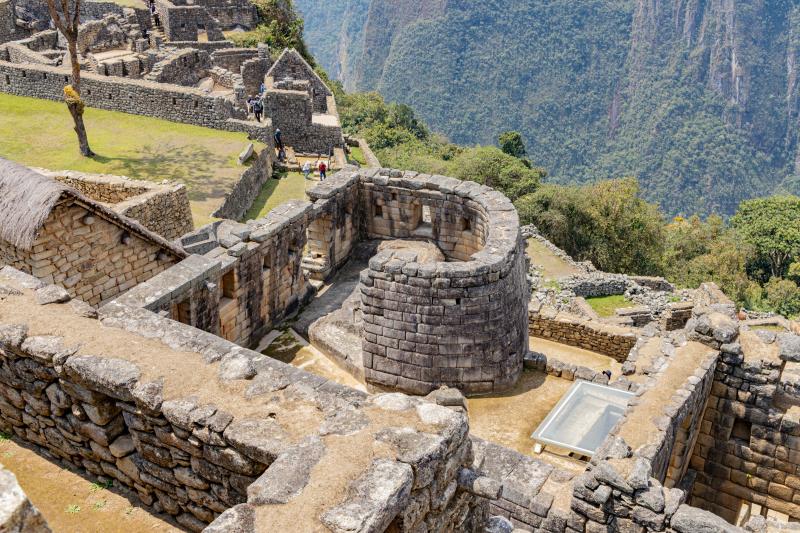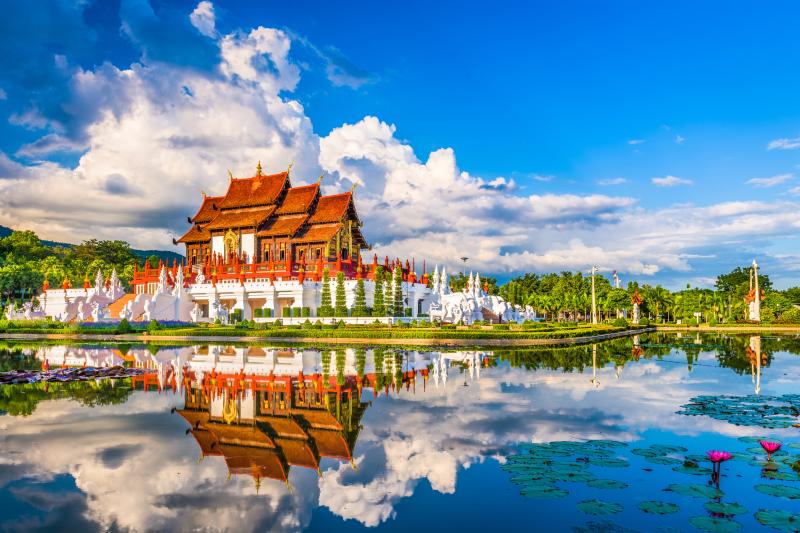View It
Visit It
Machu Picchu
Peru
Visit Machu Picchu
Machu Picchu, the ancient Incan city set high in the Andes Mountains of Peru, offers a mesmerizing experience that captivates the imagination of travelers from around the globe. Built in the 15th century and later abandoned, it was rediscovered by Hiram Bingham in 1911, and since then, it has been a site of intrigue and wonder. Perched at an altitude of 2,430 meters above sea level, this UNESCO World Heritage Site is often shrouded in mist, which lifts to reveal the intricate stonework and terraces that have stood the test of time. The journey to Machu Picchu itself is a significant part of the experience, whether you choose to arrive via a scenic train ride through the Sacred Valley or embark on a multi-day trek along the Inca Trail, each offering unique perspectives and encounters with the breathtaking natural landscape.
Upon arriving at Machu Picchu, visitors are greeted by the iconic view of the ancient city against the backdrop of the towering Huayna Picchu. Exploring the ruins, you will discover a complex of temples, plazas, and dwellings. The Temple of the Sun, the Room of the Three Windows, and the Intihuatana stone are among the most famous structures, each rich with historical and astronomical significance. The precision of Incan engineering is evident in the way each stone has been meticulously cut and placed without mortar. Guides are available to provide insights into the historical context and the lifestyle of the Incas, enhancing the visit with stories and facts that bring the stone ruins to life.
For the adventurous, a climb up Huayna Picchu or Machu Picchu Mountain offers a challenging trek and an unparalleled aerial view of the site. These hikes are demanding but rewarding, with steep paths and breathtaking vistas that overlook the ruins and the surrounding lush, green valleys. Early mornings at Machu Picchu are particularly magical, as the site is quieter and the soft light of sunrise illuminates the stonework, creating a mystical atmosphere. Whether you are a history enthusiast, an avid hiker, or simply someone in search of beauty and tranquility, Machu Picchu promises an unforgettable journey into the heart of Incan civilization, where history and landscape converge in spectacular fashion.
Machu Picchu Monthly Weather Conditions
LOW
TEMP
HIGH
TEMP
DAYS OF PRECIP.
January
50°F
66°F
22
February
50°F
66°F
14
March
50°F
66°F
22
April
50°F
68°F
12
May
50°F
68°F
10
June
41°F
68°F
22
July
32°F
68°F
22
August
41°F
68°F
22
September
50°F
68°F
12
October
50°F
68°F
15
November
50°F
68°F
14
December
50°F
66°F
22
Need to Know Before You Go To Machu Picchu
Find your Next Adventure in Machu Picchu
Explore Machu Picchu
- Unknown to the outside world until 1911
Machu Picchu was brought to international attention by Yale archaeologist Hiram Bingham who rediscovered it in 1911 with the guidance of local farmers.
- Built in the 15th century
Machu Picchu was constructed around 1450, during the reign of Inca emperor Pachacuti. It was abandoned just over a century later, around the time of the Spanish conquest of the Inca Empire.
- A marvel of engineering
The site exhibits impressive engineering skills with its dry-stone walls constructed from huge stones that fit together without mortar. Remarkably, these structures have remained largely intact despite the region's frequent earthquakes.
- Astronomical alignments
Many of the site’s structures are aligned with astronomical events. For example, the Intihuatana stone is believed to have been an astronomical clock or calendar, as it aligns perfectly with the sun during the winter solstice.
- No wheels used
The Incas built this amazing city without the use of wheels; all the heavy rocks used in the construction were pushed up the mountain by hand or using llamas.
- A lost name
The original name of Machu Picchu remains unknown. "Machu Picchu" simply means "Old Peak" or "Old Mountain" in the Quechua language.
- Terraced fields
The site includes more than 700 terraces that were used to grow crops such as maize and potatoes, which helped support a large population.
- Natural camouflage
The location and architectural design of Machu Picchu make it blend seamlessly into the mountain ridge, making it invisible from below. This may have protected the site from Spanish invaders.
- A royal estate
Historians believe that Machu Picchu was likely a royal estate for the Inca emperor, rather than a conventional city. It could have been used for ceremonial purposes and as a retreat for the elite.
- A UNESCO World Heritage Site
Machu Picchu was declared a UNESCO World Heritage Site in 1983, in recognition of its cultural and historical significance. It is also one of the New Seven Wonders of the World, making it a popular tourist destination.
Featured Picture Gallery

This Historic Landmark was Once Home to the Inca Tribe

Machu Picchu is Renowned for its Sophisticated Dry-Stone Walls

Machu Picchu is famed the Temple of the Sun
Explore Similar Locations
Chiang Mai

Bali

Patagonia

Galapagos Islands

